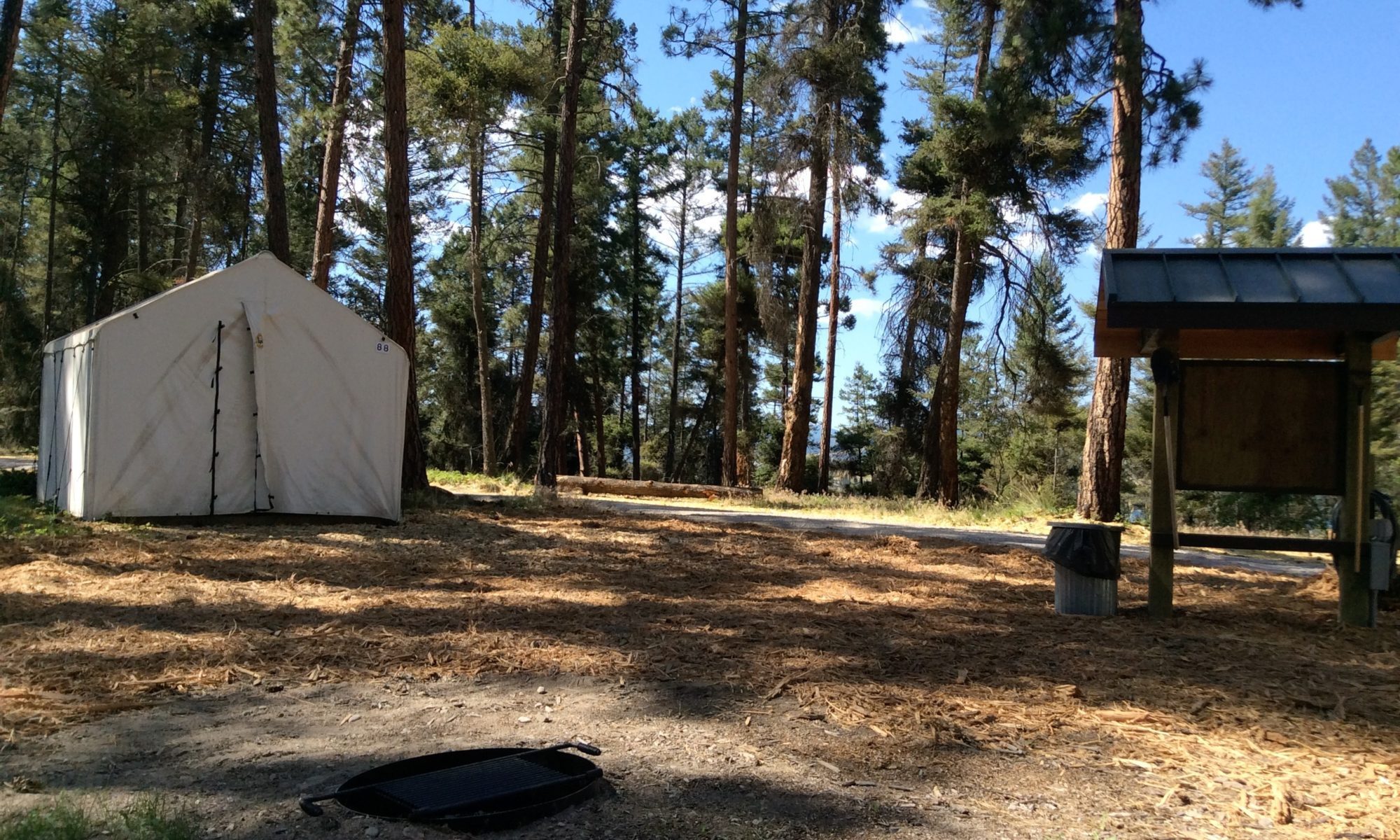Who signs off on my advancements?
In general, when a Scout learns and masters the task in a requirement, he demonstrates it for an adult leade, who will initial and date his Boy Scout Handbook on the page (in the back) for that requirement.
Each rank has a requirement to show scout spirit, which is normally approved by the Scoutmaster or an Assistant Scoutmaster at the Scoutmaster Conference. The Board of Review space will be initialed by all members of the board.
When should I wear my uniform?
BSA only specifies one uniform, the Field Uniform (sometimes still called “Class A”), which consists of the official Boy Scout uniform shirt, pants or shorts (optional), belt, socks (optional), and hat (hats are not worn indoors), Troop neckerchief and slide (if worn – Troop dependant), and appropriate footwear (leather or canvas shoes, neat and clean, or hiking shoes or boots). The Field Uniform is customarily worn:
- To most troop meetings (see below for exceptions)
- while traveling to and from campouts, and for dinner and chapel while at the campout
- at a troop or Eagle Court of Honor
- when participating in a public event such as flag ceremony or parade
- when sitting for a Scoutmaster Conference or Board of Review
The Class B uniform for Troop 172 is the yellow/oranget-shirt, or green sweatshirt or hoodie. Class B’s are normally worn on campouts or general activities when the uniform isn’t required.
At formal events such as a Court of Honor, the Merit Badge Sash may be worn over the right shoulder. If a Scout is a member of the Order of the Arrow and is rendering special service as an OA member, he may wear his OA sash instead of the Merit Badge Sash. Both sashes may not be worn at the same time, nor may either sash be worn draped from the waist or belt.
The Insignia Guide contains information on how to wear the uniform correctly and where all insignia should be placed.
What is the youth leadership structure of the troop?
Unlike Cub Scouts, which is run by the adults, Boy Scouts is a boy-led organization. The fundamental unit in Boy Scouting is a small group of about six to ten boys called a patrol. Patrols may seem to be similar to dens in Cub Scouts, but with one important distinction: Boys in a patrol elect their own leader from among themselves. The patrol leader’s job is to help the boys in the patrol succeed by helping them advance, defining and supporting their roles in the patrol, and to represent the patrol on the Patrol Leaders’ Council (PLC), comprised of the Senior Patrol Leader (SPL), Assistant Senior Patrol Leader (ASPL) and each of the Patrol Leaders. Scouts vote in annual elections for troop positions, such as Senior Patrol Leader, Assistant Senior Patrol Leader, Quartermaster, Scribe or Chaplain’s Aid. Patrol leaders are elected by patrol members at twice-yearly troop elections.
The top youth leader of a troop is called the senior patrol leader. The senior patrol leader is elected by all the boys in the troop at the annual troop elections. His job is to chair the PLC, prepare the ASPL assistant senior patrol leaders and other troop officers, and to support the patrol leaders in their duties. He also chairs the annual troop program planning conference and conducts Troop Leadership Training with the support and participation of the Scoutmaster.
Other troop officers include the quartermaster, who is in charge of the troop’s equipment; the scribe, who records the happenings of the PLC and at troop meetings, and takes attendance; the librarian, who maintains the troop’s library of handbooks and merit badge pamphlets; the chaplain’s aide, who plans and conducts religious services at campouts; historian, who keeps a written record of troop activities; troop guides, who help new-scout patrols get settled in the troop and with their advancement; instructors, who teach Scout skills; and den chiefs, who assist Cub Scout den leaders.
Every Scout in the troop (except for the SPL, ASPLs and Troop Guides) is a member of a patrol. Patrol members can choose their patrol name, have a patrol flag and cheer, and camp as a patrol on troop campouts. As a new Scout, your patrol leader, troop guide and members of your patrol will do everything they can to make you feel at home in the troop and help you learn what you need to know to succeed.
As you may have figured out, the role of a leader is not to rule from above and give orders, but to support and serve those he leads and give them the tools they can use to be successful.
